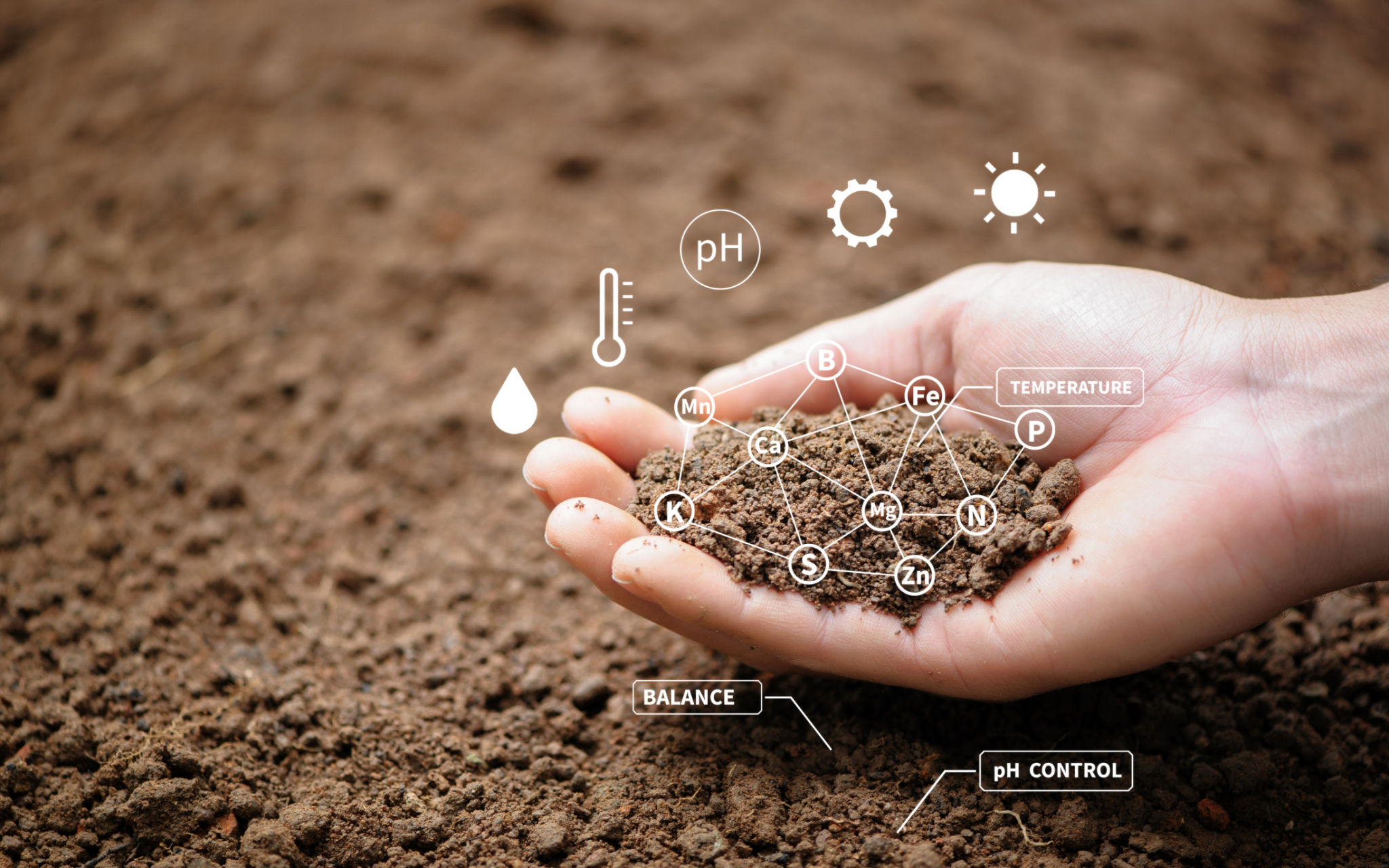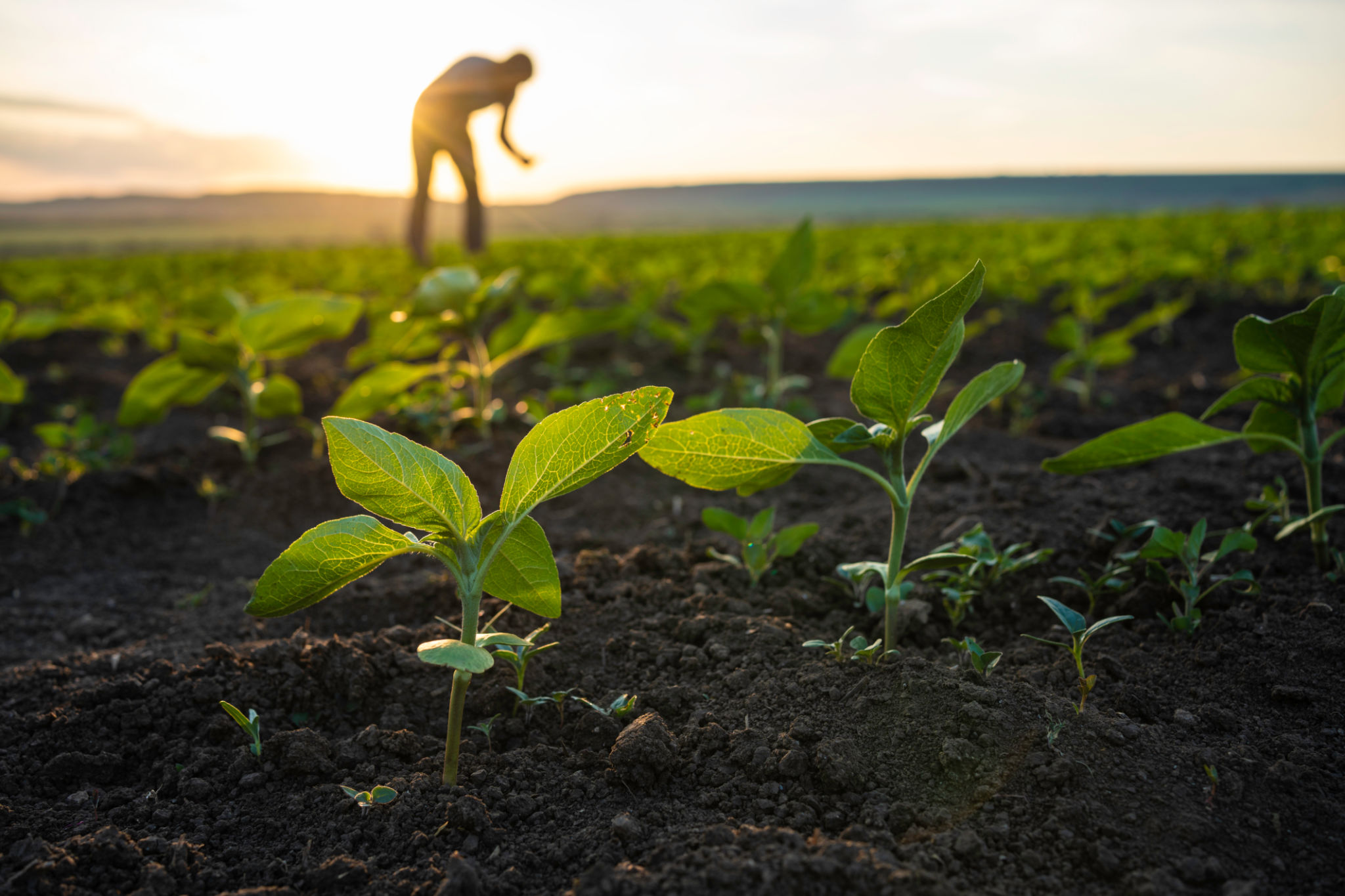Exploring the Environmental Impact of Soil Recycling
Understanding Soil Recycling
As the global population continues to rise, the demand for agricultural products increases, leading to intensive farming methods. These practices can degrade the soil, making it less fertile and productive over time. To combat this issue, soil recycling has emerged as a sustainable solution. By restoring the health of the soil, we can ensure long-term agricultural productivity and environmental sustainability.

The Process of Soil Recycling
Soil recycling involves several steps designed to rejuvenate depleted soil. Initially, the soil is tested to determine its nutrient deficiencies and contamination levels. This is followed by the removal of contaminants and the addition of organic matter, such as compost or manure, to restore its nutrient profile. Finally, soil structure is improved through techniques like aeration and tilling, promoting better water retention and root growth.
Benefits of Soil Recycling
The benefits of soil recycling are manifold. Firstly, it reduces the need for chemical fertilizers, which can leach into waterways and cause pollution. Secondly, it enhances soil fertility, leading to higher crop yields. Additionally, healthy soil is better at sequestering carbon, helping to mitigate the effects of climate change. By improving soil health, we also support biodiversity, providing a habitat for various organisms that contribute to ecosystem balance.

Environmental Impacts
While soil recycling offers numerous advantages, it’s crucial to understand its potential environmental impacts. The process requires energy and resources, particularly in large-scale operations. However, when executed efficiently, the environmental benefits far outweigh these costs. By reducing dependency on synthetic fertilizers and pesticides, soil recycling contributes to cleaner air and water.
Challenges in Implementation
Implementing soil recycling on a large scale presents several challenges. Economic constraints can limit access to necessary resources and technology for small-scale farmers. Additionally, there is a need for increased awareness and education about sustainable farming practices. Policymakers and stakeholders must work together to create supportive frameworks that encourage the adoption of soil recycling techniques.

The Future of Soil Recycling
As we look towards the future, the role of soil recycling in sustainable agriculture is expected to grow. Innovations in technology and increased investment in research are paving the way for more efficient methods. Governments and organizations worldwide are recognizing the importance of soil health in achieving food security and environmental sustainability.
How You Can Contribute
Individuals can also play a role in promoting soil recycling by supporting sustainable farming practices and choosing products from environmentally conscious brands. Participating in local composting initiatives or starting a home compost can help improve soil health in your community.
By understanding and supporting the practice of soil recycling, we can all contribute to a more sustainable future, ensuring that our planet remains fertile and thriving for generations to come.